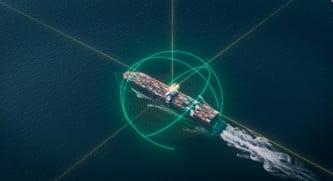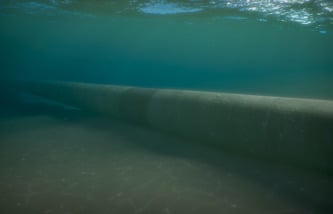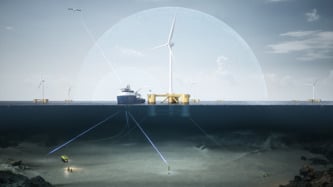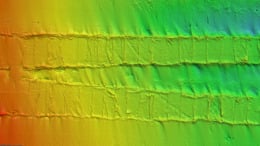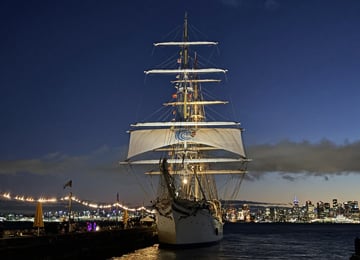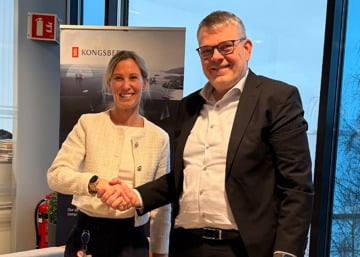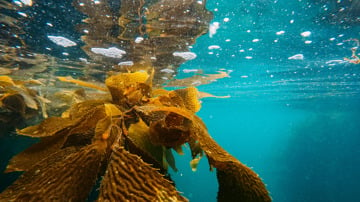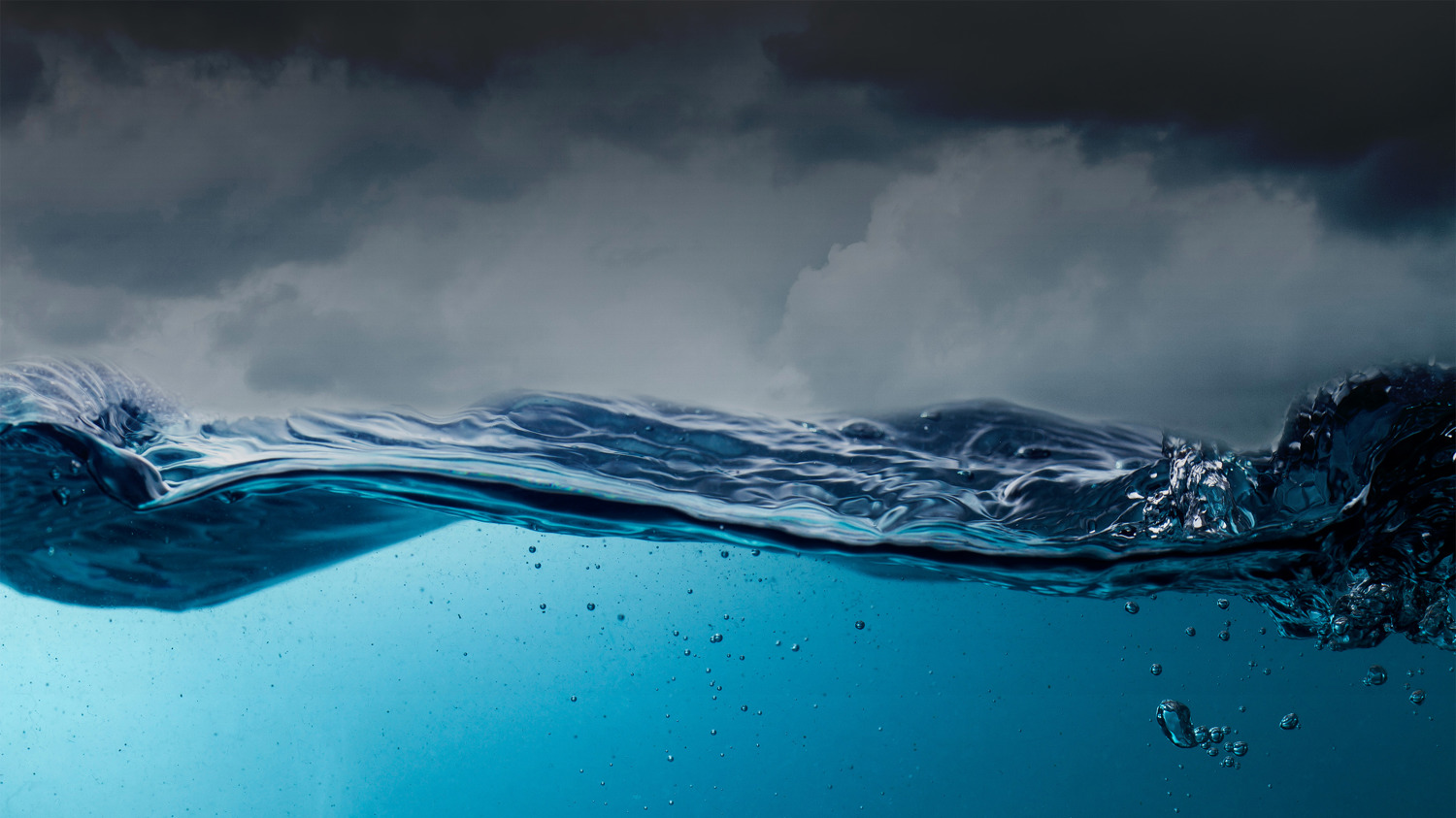
Serving the ocean space from the deepest sea to the outer frontier
In a constantly changing market environment, Kongsberg Discovery serves the ocean space from the deepest sea to outer space. We know and understand the challenges the world faces in the sustainability area. We develop solutions and products that are key to understanding environmental implications on the ocean ecosystem as well as solving operational challenges. With decades of in-house competence and experience, we are a trusted technology partner for our customers.
Discover the versatility of our products
Explore how our products can transform your operations, providing you with the reliability and precision you need to excel in your industry.
Latest news

Let's connect!
Stay updated with the latest news, insights, and innovations from Kongsberg Discovery. Follow us for exclusive content, industry trends, and a glimpse into our journey of delivering extreme performance for extreme conditions.
